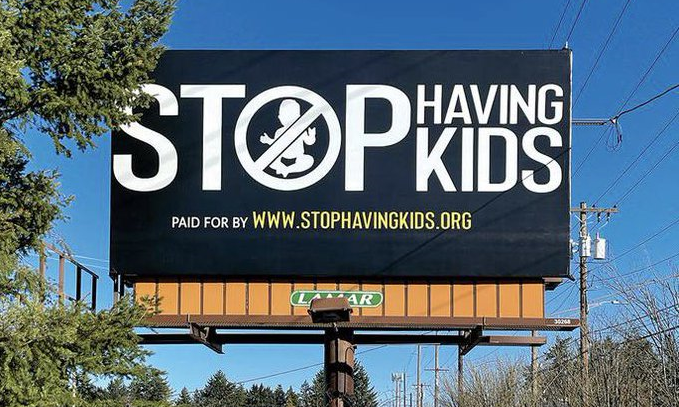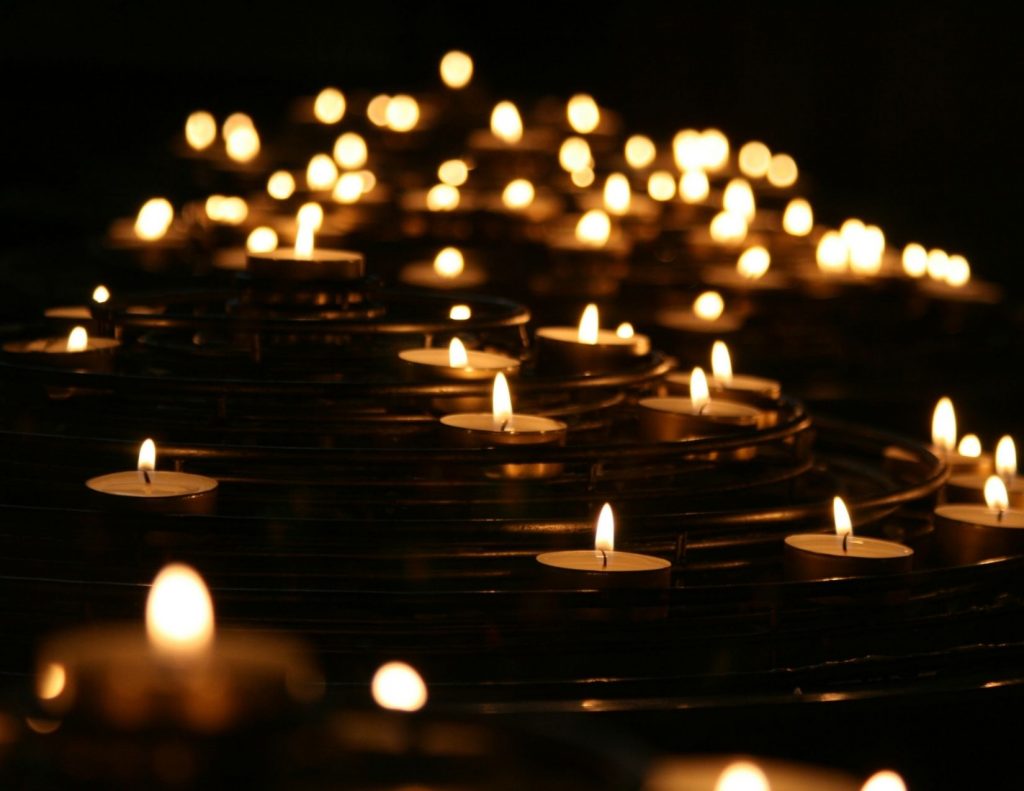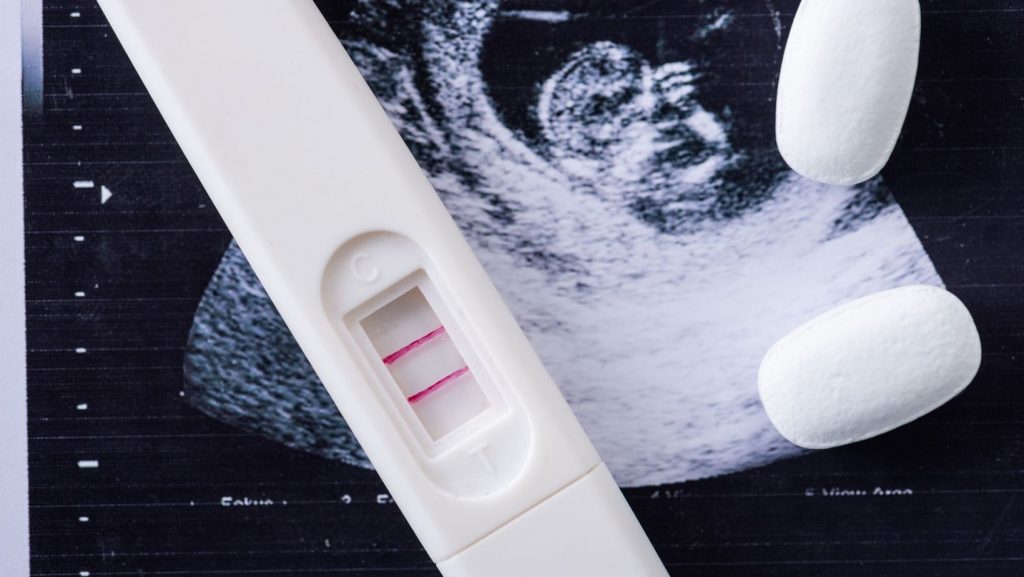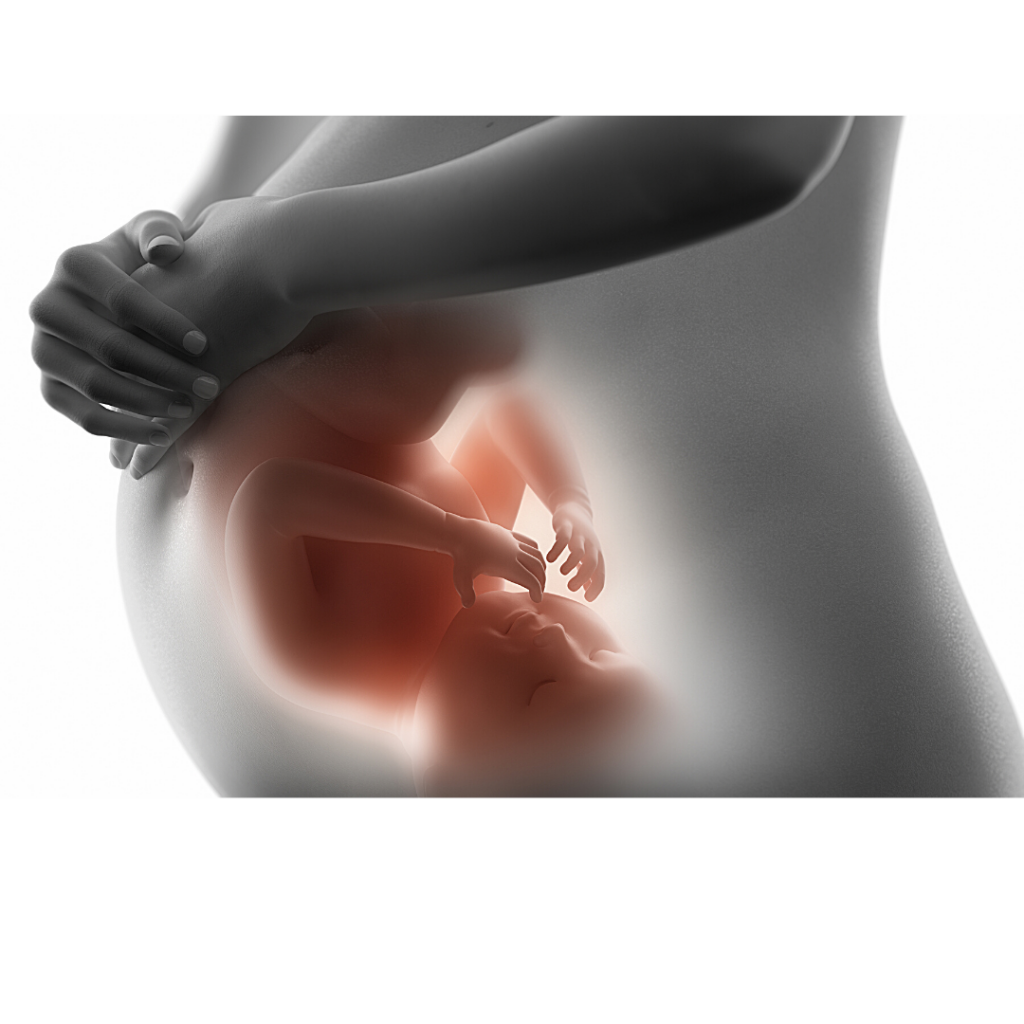By Bonnie Finnerty, Education Director

I am quite used to talking about life issues, even debating them with those whose views differ from my own. I just don’t usually do it in the grocery store. With a soon-to-be 8th grader.
Yet, there I was, in the coffee aisle, talking big topics with my friend’s grandson, who we’ll call Kevin.
I was delighted to bump into the two of them and chat for a bit. Before saying our goodbyes, Kevin asked me where I worked and what I did. He listened and then politely informed me that unlike his grandmother and me, he is “pro-choice.”
He went on to explain that a woman who is a victim of rape or incest should not be forced to carry and birth a baby. Knowing Kevin, I was sure this was coming from a place of compassion. He felt deep sorrow for women enduring such trauma and believed that continuing a pregnancy in those circumstances would only make the situation worse.
I sensed from his pause and steady gaze that he expected me to respond.
I smiled at him, thankful that he was willing to listen. I gently asked him if he has ever met anyone conceived from rape or from incest. “No.”
I told him that I have, and that I could never look at them and say they weren’t deserving of life because of the manner in which they were conceived. I pointed out that the perpetrators of such crimes, if caught and convicted get jail time, but the innocent child brought into existence gets a much harsher sentence in abortion: death.
There was much more I could say, especially about whether choosing life over abortion helps women to heal, but left it at that. I could see he was thinking it over. I invited him to reach out to me anytime he has a question and that I would be happy to hear him out and dialogue.
It wasn’t long. A few minutes later, as I worked my way through the meat section, Kevin was back. He had more questions he wanted me to address, eager to hear how I would respond. What about children born into poverty? Or a dire pre-natal diagnosis? What about when the mother’s life is in danger?
For a good 20 minutes we talked. I answered each question while shoppers careened their carts around us. Who knows what bits and pieces were overheard?
I said it was wrong to impose our personal standards of “a worthwhile life” onto others. Surely, people born poor or with a disability or in foster care are glad to be alive. We should not consider their lives less valuable than ours.
Instead, we should do our best as a society to reduce suffering to the extent that we can rather than eliminate humans who suffer. If we choose to eliminate everyone who might experience suffering at some point in their life, who should live?
With regard to a dire prenatal diagnosis I pointed out that even in this modern age, doctors and tests sometimes are wrong. But even if a diagnosis is correct, does a child not deserve a chance to be born, to be held and loved by his parents, to receive medical intervention, to be treated with compassion and dignity? Why must he be killed in utero?
I also shared that due to modern medical practices, rarely is a pregnant woman’s life in jeopardy, but if that situation does arise, it is usually later in pregnancy. At that point an abortion is far more threatening to the mother’s life than delivering the child prematurely and striving to save both lives.
We covered several other topics, including death with “dignity.” It was an intense conversation.
To his credit, Kevin listened and nodded, displaying a maturity and civility that seems to be lost on this issue. He never once interrupted me but thoughtfully listened to all I had to offer, sometimes asking follow-up questions. I again told him to stay in touch and let me know if he wants to talk again. He extended his hand and warmly shook mine, thanking me for my time and information.
As I headed for the dairy section, I marveled at this young man and our exchange, wishing I could replicate the conversation in every supermarket in the country. I don’t know exactly what Kevin believes now about abortion, but I believe to some extent he was enlightened. And his openness was encouraging.
Perhaps this is a good model for all of us. So often we are afraid of talking about abortion for fear of offending, disagreeing, arguing. Let us have the courage to engage with others and the wisdom to have productive, civil discourse that sheds more light than heat. Perhaps in this way, one conversation at a time, we can change minds and hearts and ultimately, the culture.








